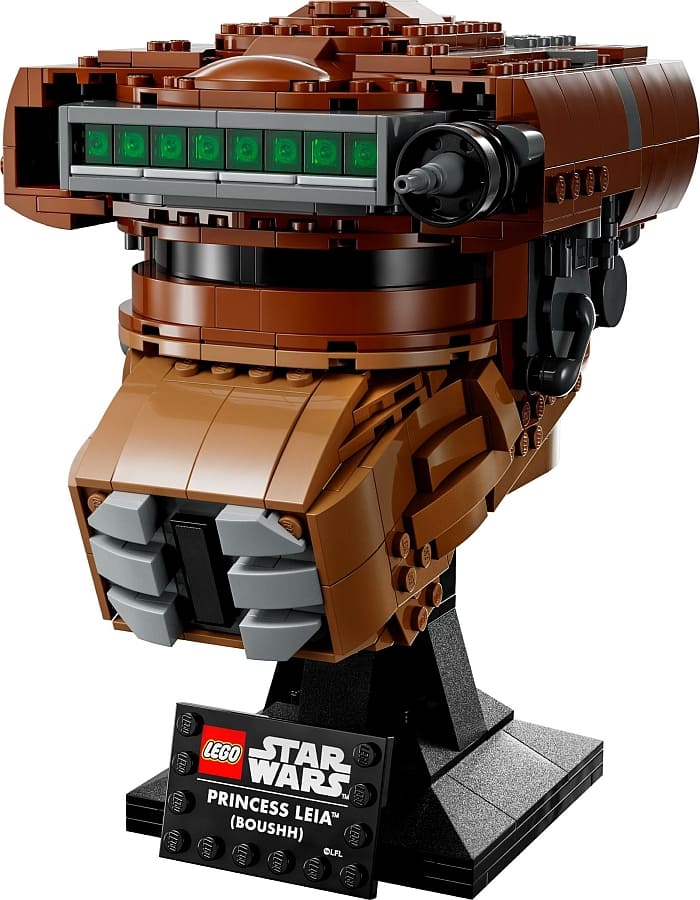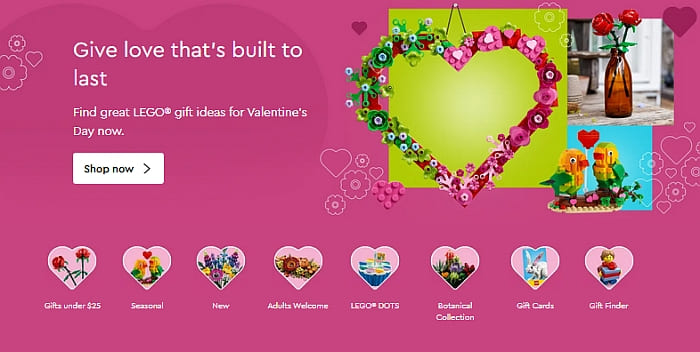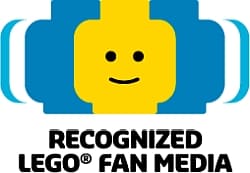We recently talked about two upcoming LEGO Star Wars helmet sets; the #75349 LEGO Star Wars Captain Rex Helmet and the #75350 LEGO Star Wars Clone Commander Cody Helmet. They are going to join earlier releases such as the #75327 LEGO Star Wars Luke’s Helmet, and #75328 LEGO Star Wars The Mandalorian Helmet.

Since then, LEGO revealed one more upcoming LEGO Star Wars helmet set, the #75351 LEGO Star Wars Princess Leia Boushh Helmet. Just like the other new LEGO Star Wars Helmet sets, this one is also $69.99, and will be available from March 1st at the LEGO Star Wars section of the Online LEGO Shop.

The LEGO DC Super Heroes and LEGO Marvel Super Heroes line also offers several large and highly detailed helmets meant for display. The newest addition is going to be the #76251 LEGO Marvel Super Heroes Star Lord’s Helmet with 520 pieces, some really interesting building techniques, and unique printed elements. The price of this set is a little higher than the Star Wars Helmets at $79.99. It will be released on April 1st, but you can already pre-order it at the LEGO Marvel Super Heroes section of the Online LEGO Shop.

What do you think? Do you collect LEGO Star Wars Helmets and LEGO Super Heroes Helmets? How do you like the latest additions? Are you planning to get them? Feel free to share your thoughts and discuss in the comment section below!


And you might also like to check out the following related posts:





















